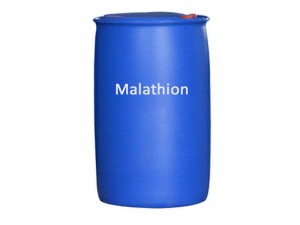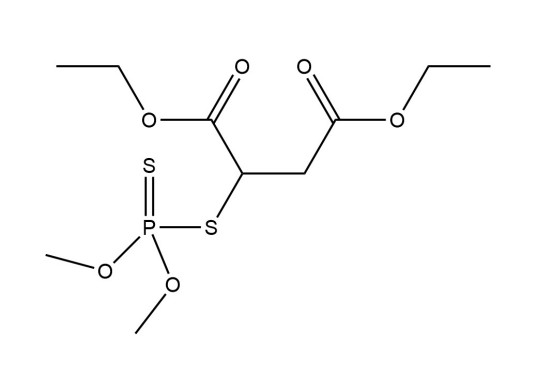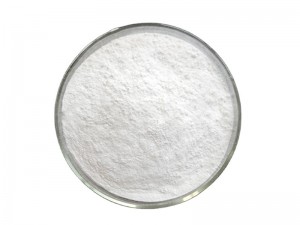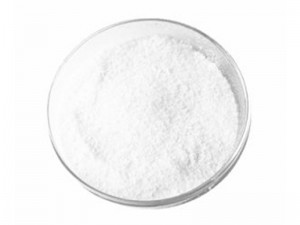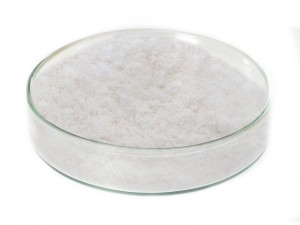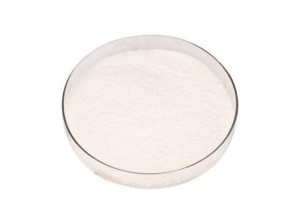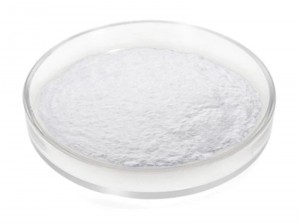Malathion
Malathion, Technical, Tech, 90% TC, 95% TC, Pesticide & Insecticide
Specification
Product Description
It is active below pH 5.0. It is prone to hydrolysis and failure above pH 7.0. It decomposes rapidly when pH is above 12. It can also promote decomposition when it encounters iron, aluminum, and metals. Stable to light, but slightly less stable to heat. Isomerization occurs when heated at room temperature, and 90% is converted into methylthio isomer when heated at 150℃ for 24 hours.
● Biochemistry:
Cholinesterase inhibitor. Proinsecticide, activated by metabolic oxidative desulfuration to the corresponding oxon. Mode of action: Non-systemic insecticide and acaricide with contact, stomach, and respiratory action.
● Uses:
Used to control Coleoptera, Diptera, Hemiptera, Hymenoptera and Lepidoptera in a wide range of crops, including cotton, pome, soft and stone fruit, potatoes, rice and vegetables. Used extensively to control major arthropod disease vectors (Culicidae) in public health programmes, ectoparasites (Diptera, Acari, Mallophaga) of cattle, poultry, dogs and cats, human head and body lice (Anoplura), household insects (Diptera, Orthoptera), and for the protection of stored grain.
● Phytotoxicity:
Non-phytotoxic in general, if used as recommended, but glasshouse cucurbits and beans, certain ornamentals, and some varieties of apple, pear, and grape may be injured.
● Compatibility:
Incompatible with alkaline materials (residual toxicity may be decreased).
● Feather:
Non-systemic broad-spectrum insecticides have good contact and certain fumigation effects. After entering the insect body, they are first oxidized to the more toxic Malathion, which exerts a powerful poisoning effect. In warm-blooded animals, it is hydrolyzed by carboxylesterase, which is not found in insects, and thus loses toxicity. Malathion has low toxicity and short residual effect. It is effective against piercing and sucking mouthparts and chewing mouthparts. It is suitable for controlling pests such as tobacco, tea and mulberry trees, and can also be used to control warehouse pests.
● Danger:
It is combustible in case of open flame and high heat. Reacts with strong oxidants. Decompose by heat to prevent the production of phosphorus and sulfur oxide gases.
● Toxicity:
Low Toxicity
● Packing in 250KG / Drum



